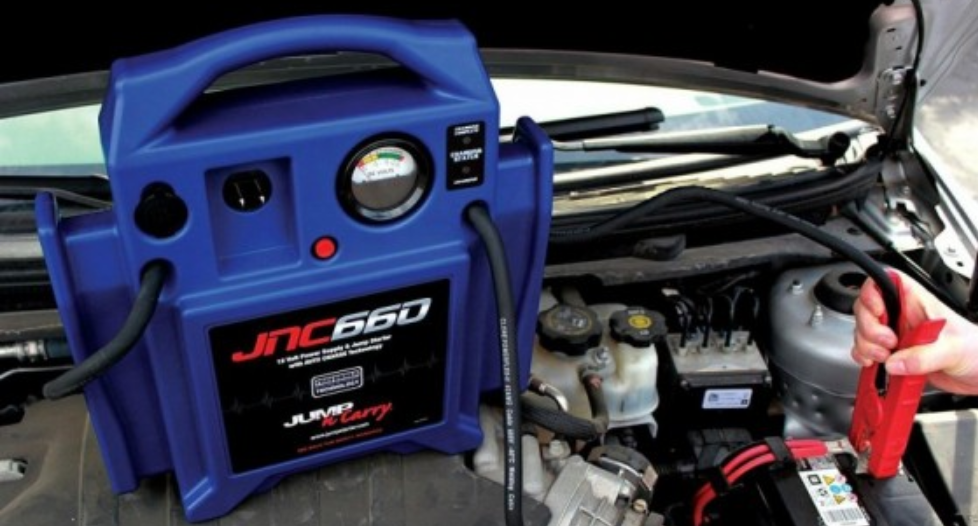In case of an emergency, it's important to be prepared. That's why we've put together this guide on how to start your car using a jump starter. A jump starter is a device that can help you start your car in the event of a dead battery. It's a good idea to keep one in your car at all times, just in case! In this guide, we'll walk you through the steps on how to use a jump starter to start your car.
Why you should keep a jump starter in your car?
If you've ever been stranded on the side of the road with a dead battery, you know how frustrating it can be. A jump starter is a handy device that can help you start your car in case of an emergency. It's a good idea to keep one in your car at all times, just in case!
How to use a Jump-N-Carry jump starter?
Jump starting your car is a relatively simple process, as long as you have the right tools. All you need is a Jump-N-Carry JNC660 jump starter and another vehicle with a working battery. Follow the steps below and you'll be up and running in no time!
Before you get started, it's important to read the instructions that come with your Jump-N-Carry jump starter. Familiarize yourself with the device and make sure you understand how it works. Once you're confident you know what you're doing, follow these steps:
- Connect the positive (red) jumper cable to the positive terminal on your car's battery.
- Connect the negative (black) jumper cable to the negative terminal on the other vehicle's battery.
- Start the engine of the other vehicle and let it run for a few minutes.
- Try starting your own vehicle. If it doesn't start right away, keep trying until it does.
Once your car is running, be sure to disconnect the jumper cables in reverse order: first disconnect the negative (black) cable, then disconnect the positive (red) cable.
Tips for using a jump starter safely and effectively
Now that you know how to use a jump starter, here are a few tips to keep in mind:
- Always follow the instructions that come with your device.
- Make sure the jumper cables are properly connected before starting the other vehicle's engine.
- Do not try to start your car if the battery is damaged or leaking.
- If your car doesn't start right away, don't keep trying. This could damage your battery.
What to do if your car won't start after using a jump starter?
If your car still won't start after you've used a jump starter, there are a few things you can try:
- Check the connections to make sure the jumper cables are properly connected.
- Try starting the other vehicle and letting it run for a few minutes before trying to start your own car again.
- If all else fails, call a tow truck or roadside assistance. They'll be able to help you get your car started or towed to a nearby service station.
Conclusion
Jump starters can be a lifesaver in an emergency, so it's good to know how to use one. Be sure to keep one in your car at all times, just in case. And if you ever find yourself stranded on the side of the road, don't hesitate to call a tow truck or roadside assistance. They'll be able to help you get your car started or towed to a nearby service station.


